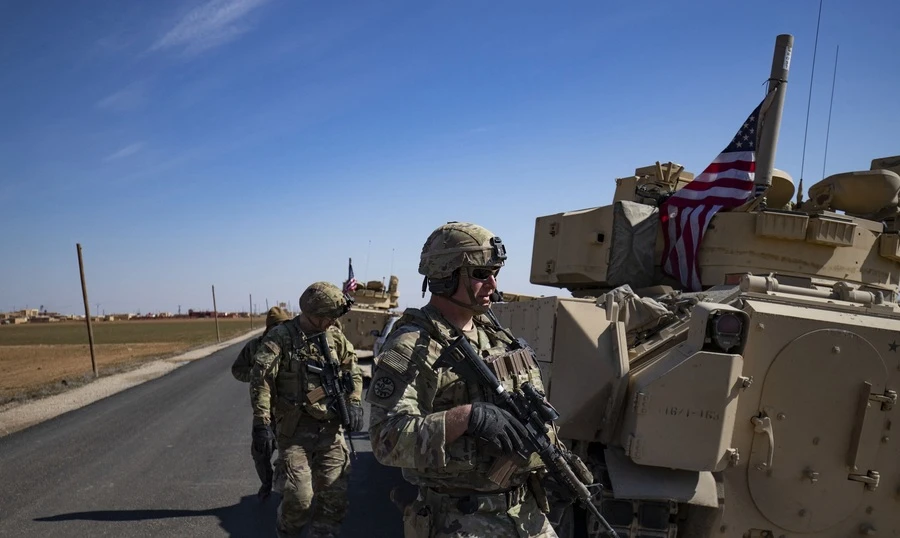US B-2 stealth bombers strike Houthi underground bunkers in Yemen
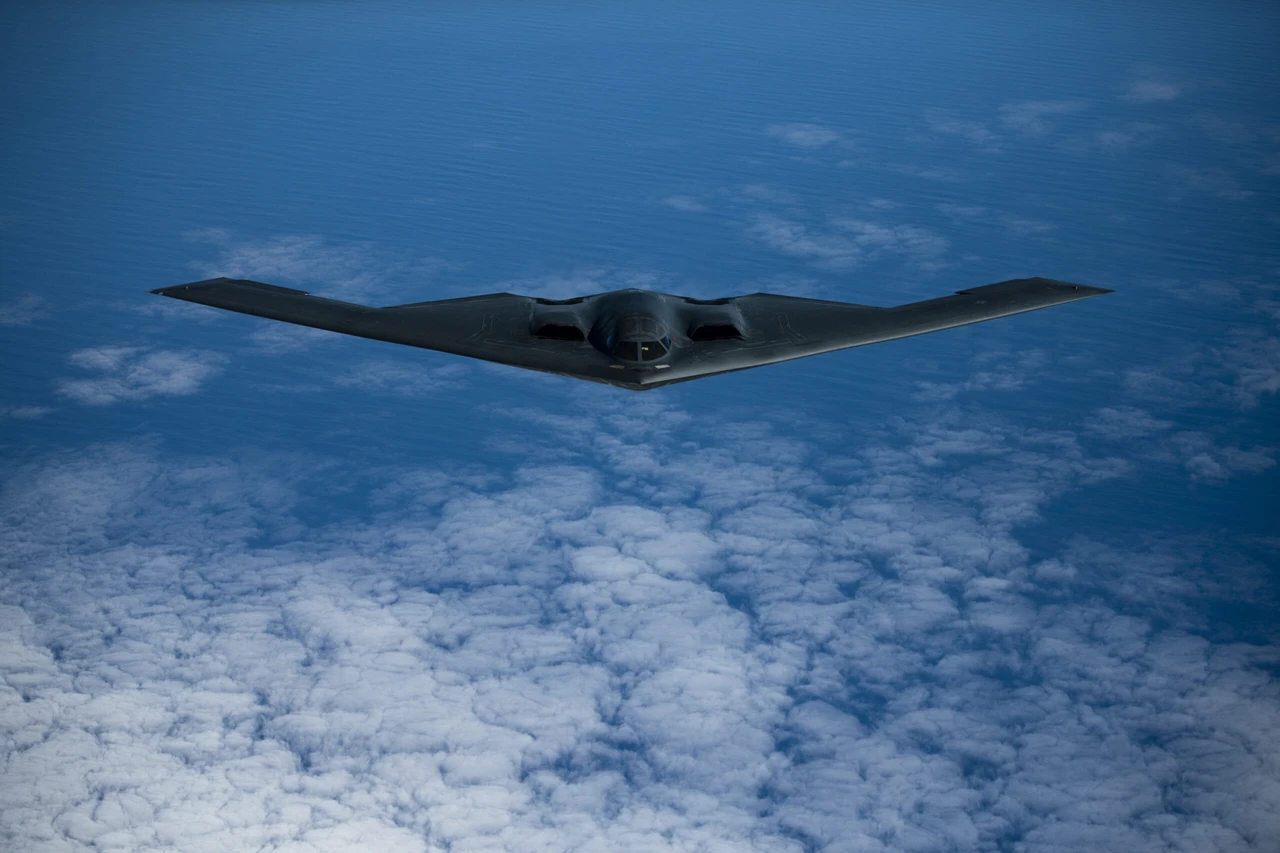 A B-2 Spirit bomber deployed from Whiteman Air Force Base, Missouri, flies near Joint Base Pearl Harbor-Hickam, Hawaii, during an interoperability training mission Jan. 15, 2019. (U.S. Air Force Photo)
A B-2 Spirit bomber deployed from Whiteman Air Force Base, Missouri, flies near Joint Base Pearl Harbor-Hickam, Hawaii, during an interoperability training mission Jan. 15, 2019. (U.S. Air Force Photo)
On Thursday, U.S. B-2 Spirit stealth bombers launched airstrikes on underground bunkers used by Yemen’s Houthi rebels, according to U.S. defense officials’ statement.
The bombers targeted five hardened weapons storage facilities in Houthi-controlled areas, marking a significant escalation in efforts to degrade the group’s ability to attack vessels in the Red Sea.
Today, U.S. military forces, including U.S. Air Force B-2 bombers, conducted precision strikes against five hardened underground weapons storage locations in Houthi-controlled areas of Yemen.
U.S. forces targeted several of the Houthis’ underground facilities housing various weapons components of types that the Houthis have used to target civilian and military vessels throughout the region.
This was a unique demonstration of the United States’ ability to target facilities that our adversaries seek to keep out of reach, no matter how deeply buried underground, hardened, or fortified.
The employment of U.S. Air Force B-2 Spirit long-range stealth bombers demonstrate U.S. global strike capabilities to take action against these targets when necessary, anytime, anywhere.
Secretary of Defense Lloyd J. Austin III
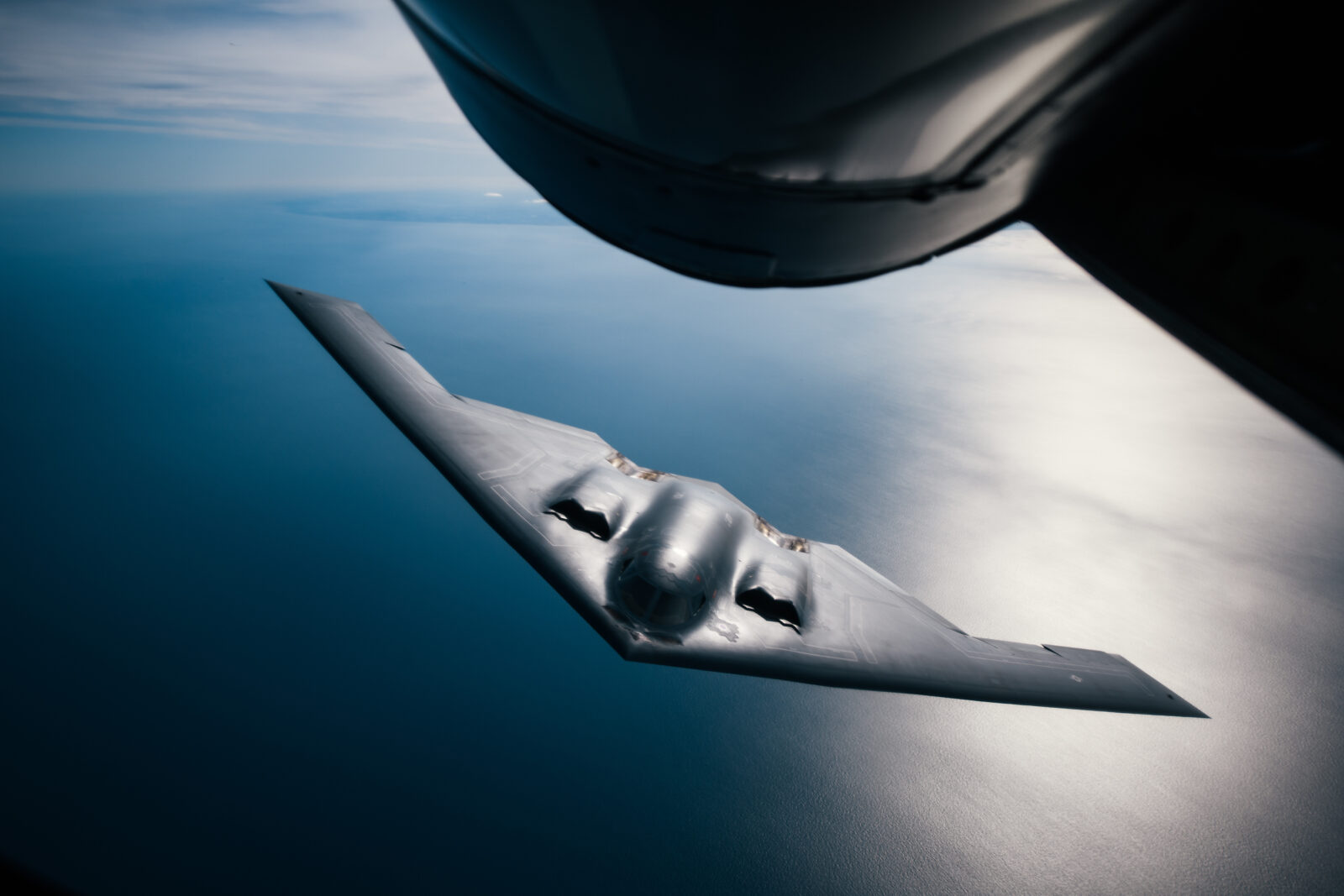
No immediate damage reports
The extent of the damage caused by the airstrikes remains unclear, but preliminary assessments suggest no civilian casualties. The airstrikes come after months of Houthi attacks on commercial shipping in the Red Sea, which have disrupted vital maritime trade routes.
For over a year, the Iran-backed Houthis, Specially Designated Global Terrorists, have recklessly and unlawfully attacked U.S. and international vessels transiting the Red Sea, the Bab Al-Mandeb Strait, and the Gulf of Aden.
The Houthis’ illegal attacks continue to disrupt the free flow of international commerce, threaten environmental catastrophe, and put innocent civilian lives and U.S. and partner forces’ lives at risk.
At the direction of President Biden, I authorized these targeted strikes to further degrade the Houthis’ capability to continue their destabilizing behavior and to protect and defend U.S. forces and personnel in one of the world’s most critical waterways.
Secretary of Defense Lloyd J. Austin III
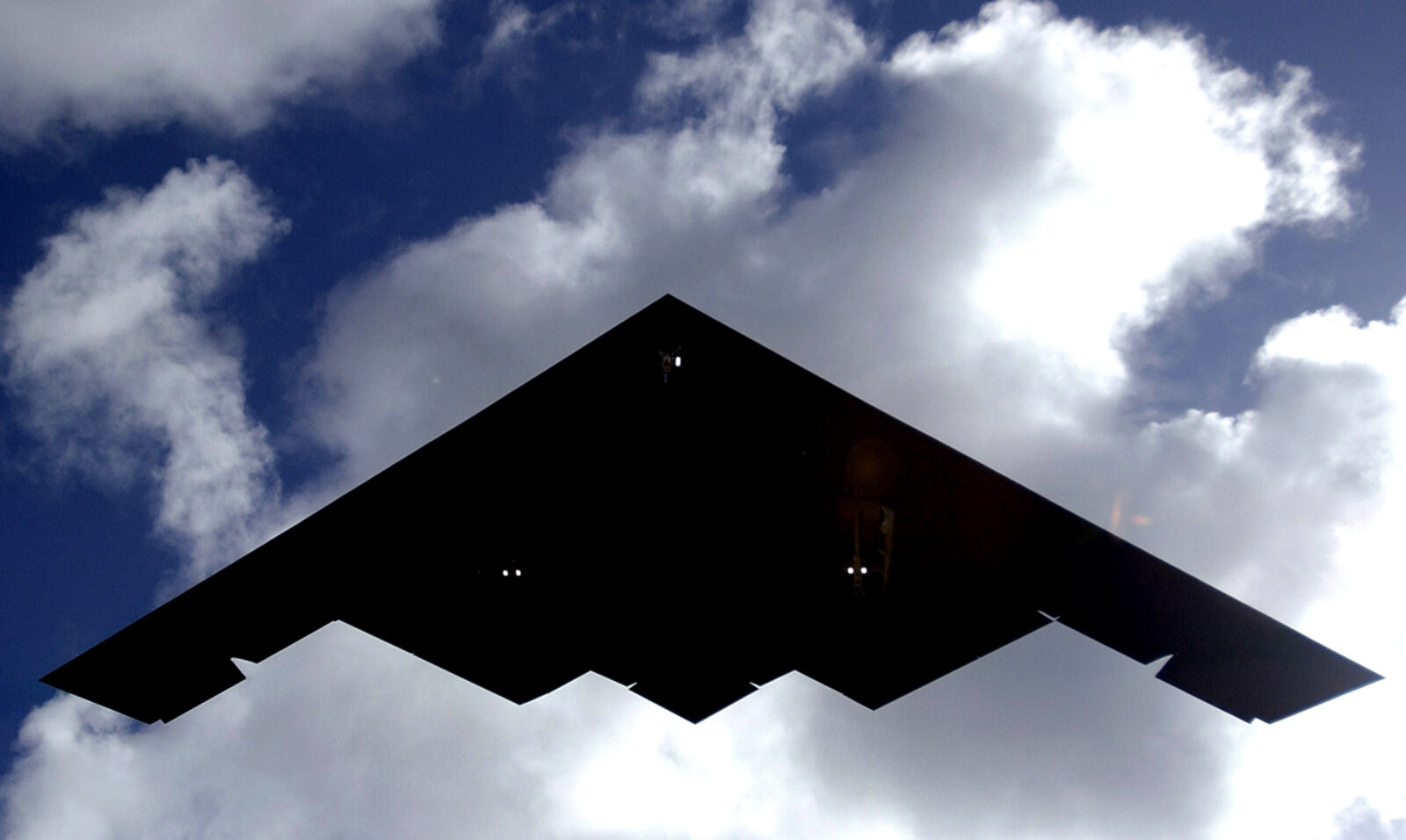
Indirect warning to Iran
U.S. officials stated that the strike also serves as an indirect warning to Iran, which supports the Houthis and has increased its involvement in regional conflicts.
U.S. Defense Secretary Lloyd Austin noted that this strike demonstrated America’s capacity to target adversaries’ underground facilities, hinting at potential future actions against Iran’s nuclear infrastructure.
The United States will not hesitate to take action to defend American lives and assets; to deter attacks against civilians and our regional partners; and to protect freedom of navigation and increase the safety and security in these waterways for U.S., coalition, and merchant vessels.
We will continue to make clear to the Houthis that there will be consequences for their illegal and reckless attacks.
I am grateful for the professionalism and skill of the brave American troops who took part in today’s actions and who continue to stand guard in defense of our Nation.
Secretary of Defense Lloyd J. Austin III
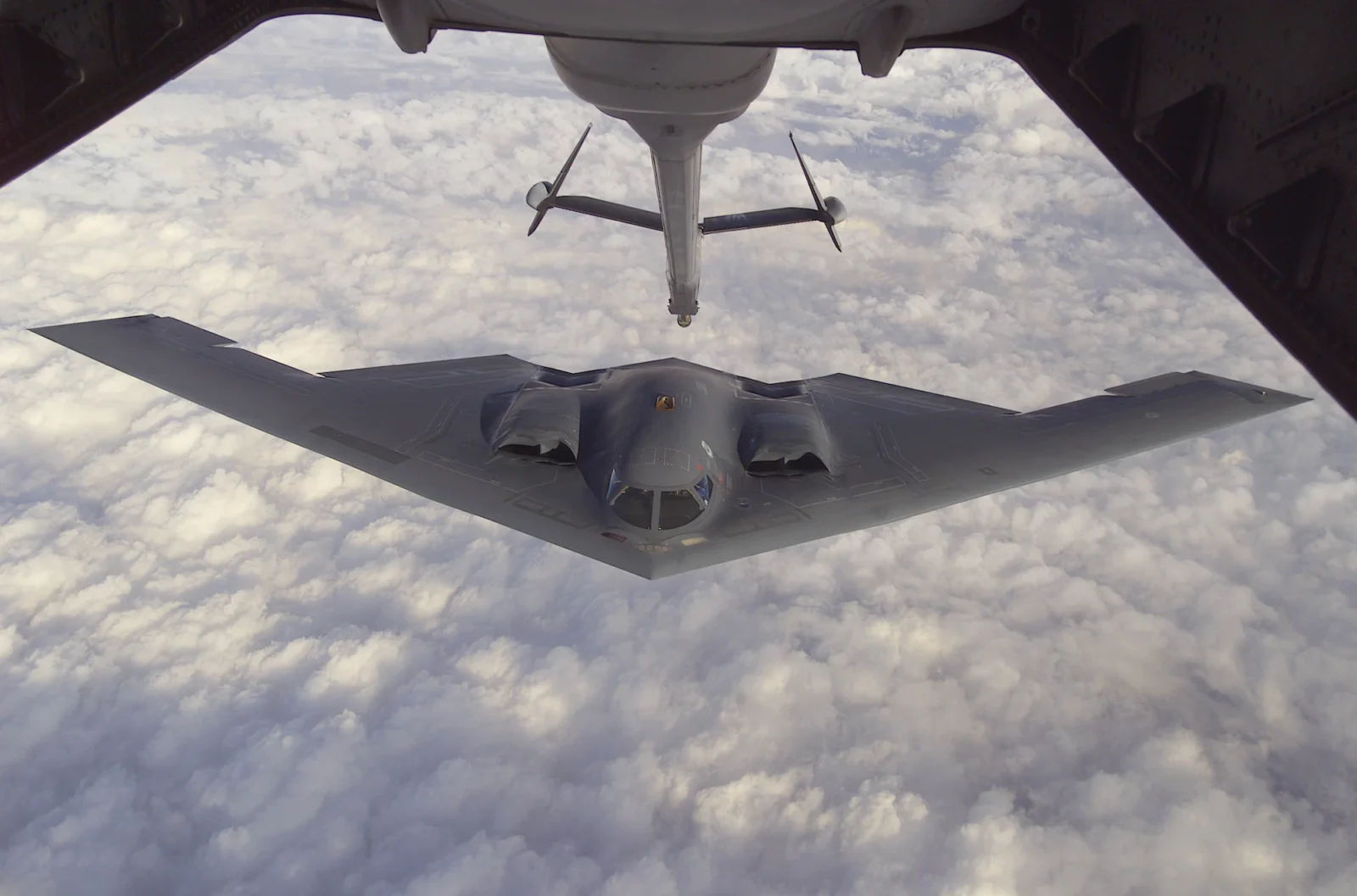
General characteristics of B-2 Spirit bomber
- Primary function: Multi-role heavy bomber
- Contractor: Northrop Grumman Corp. and Contractor Team in collaboration with Boeing Military Airplanes Co., Hughes Radar Systems Group, General Electric Aircraft Engine Group and Vought Aircraft Industries.
- Power plant: Four General Electric F118-GE-100 engines
- Thrust: 17,300 pounds for each engine
- Wingspan: 172 feet (52.12 meters)
- Length: 69 feet
- Height: 17 feet
- Weight: 160,000 pounds (72,575 kilograms)
- Maximum takeoff weight: 336,500 pounds (152,634 kilograms)
- Fuel capacity: 167,000 pounds
- Payload: 40,000 pounds
- Speed: High subsonic
- Range: Intercontinental
- Ceiling: 50,000 feet (15,240 meters)
- Armament: Conventional or nuclear weapons
- Crew: Two pilots
- Unit cost: Approximately $1.16 billion (fiscal 1998 constant dollars)


